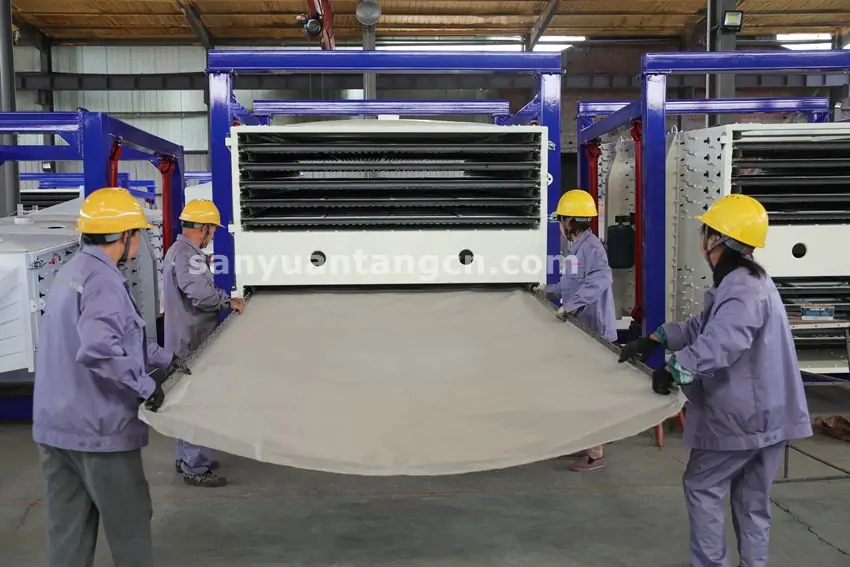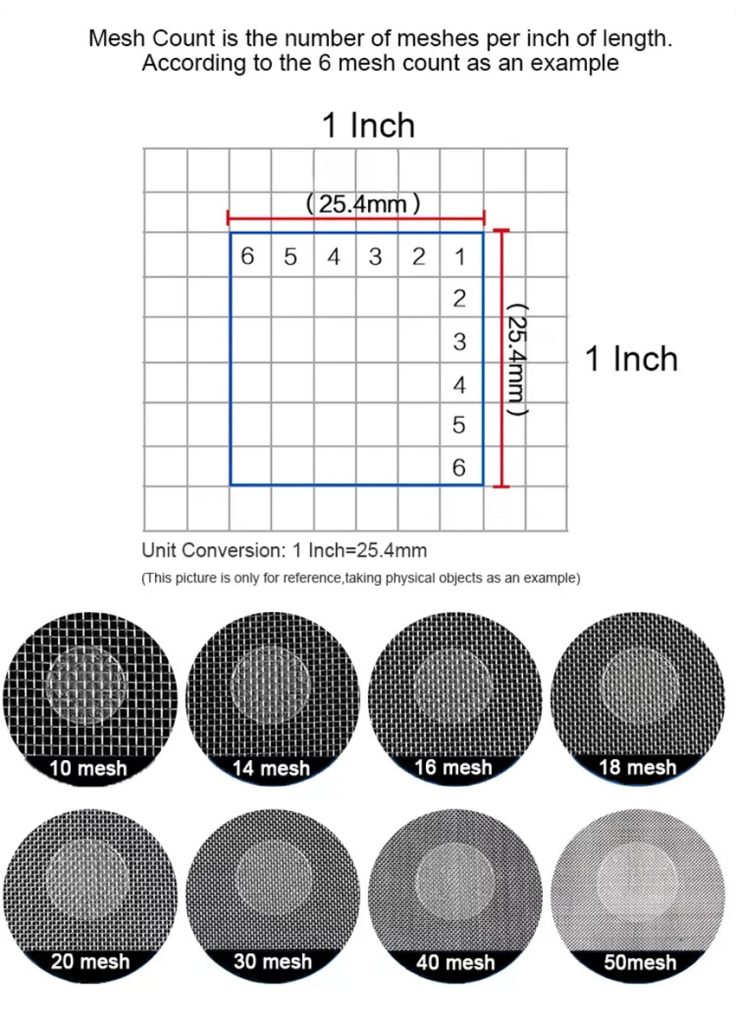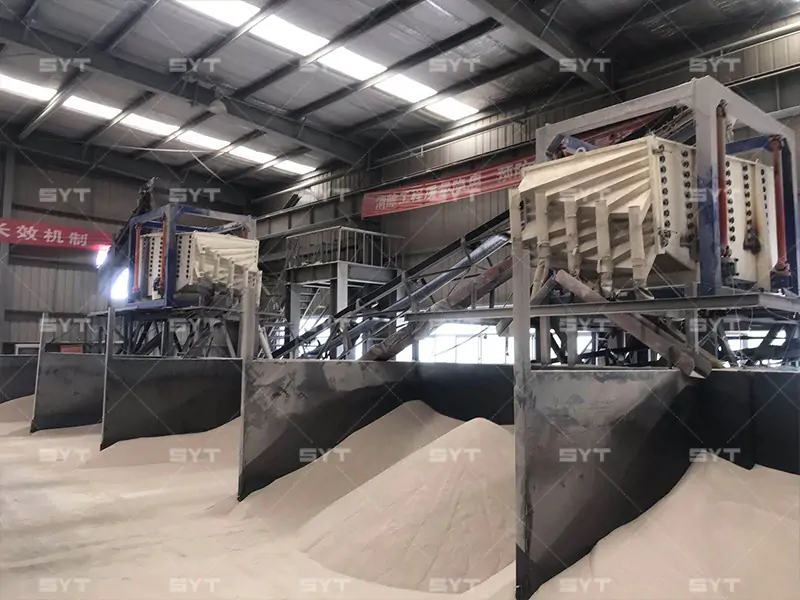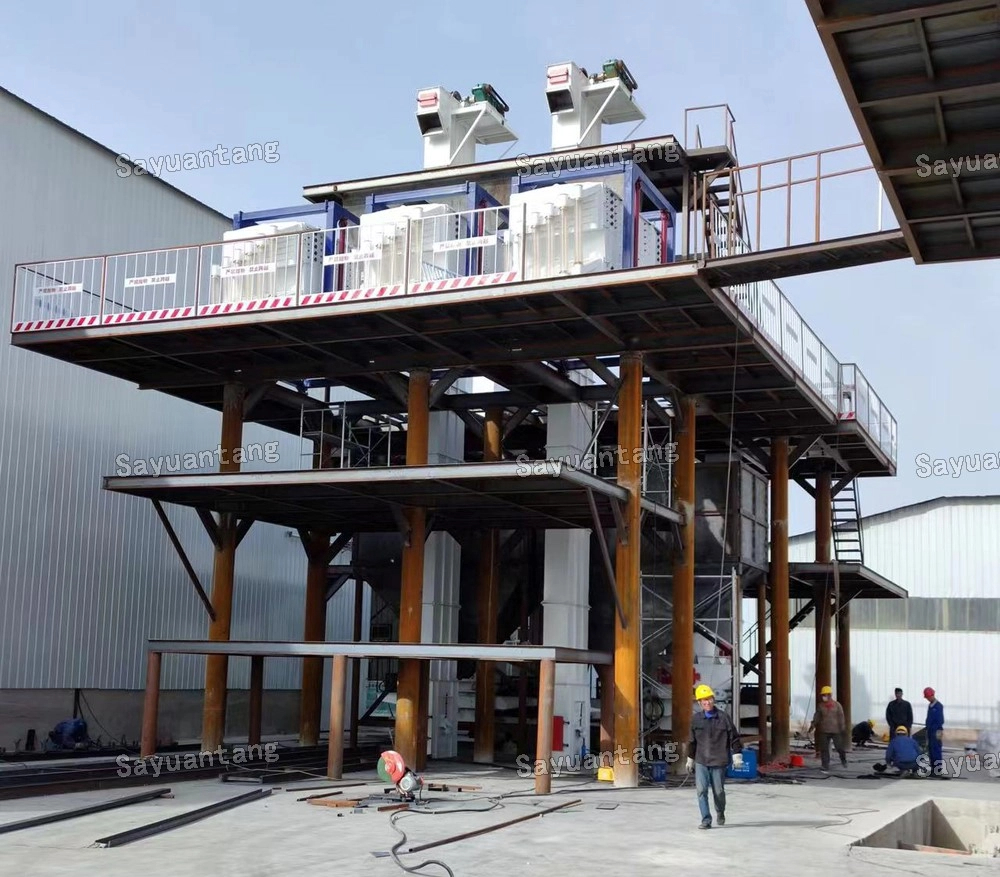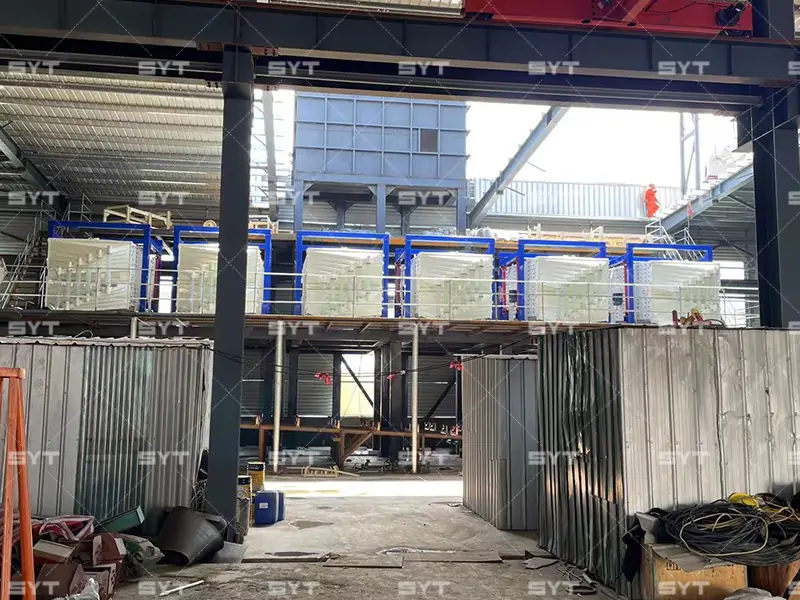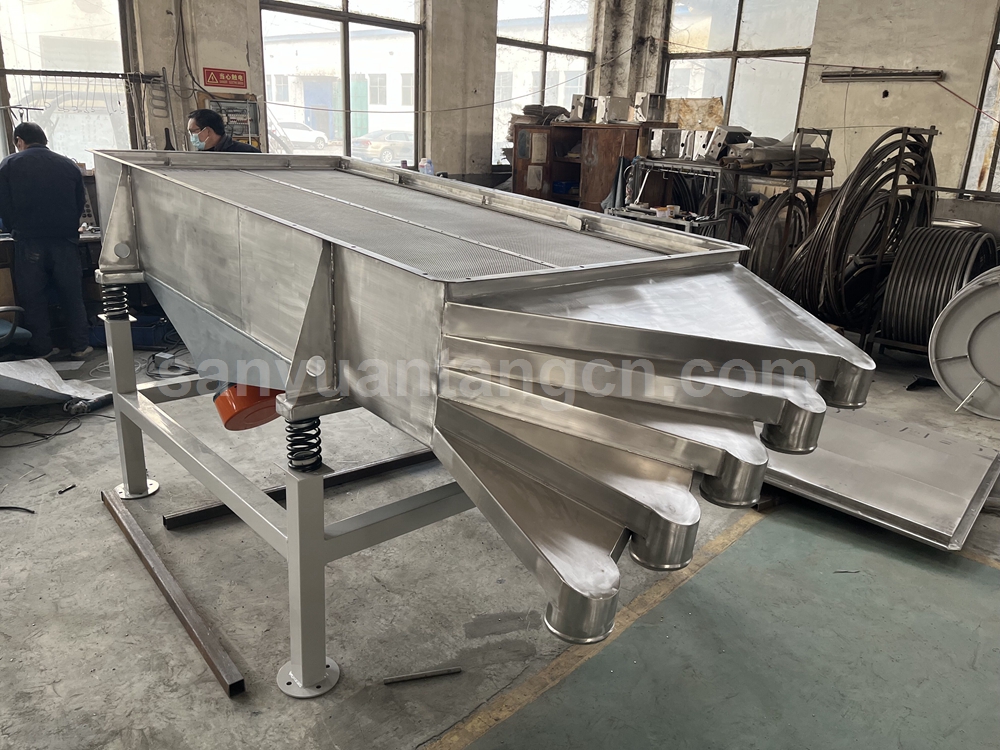How to Adjust the vibration frequency and amplitude of gyratory screener?
Adjusting the vibration frequency and amplitude of a gyratory screener is a crucial step in optimizing the screening effect. Here are the specific adjustment methods:
I. Adjusting Vibration Frequency
The vibration frequency is primarily determined by the speed of the vibration motor. By adjusting the motor speed, the vibration frequency of the gyratory screener can be altered.
Increasing Speed: When it is necessary to enhance screening efficiency or processing capacity, the speed of the vibration motor can be appropriately increased, thereby increasing the vibration frequency. This acceleration facilitates faster material movement on the screen mesh, improving screening efficiency.
Reducing Speed: Conversely, when a finer screening effect is required or fragile materials are being processed, the speed of the vibration motor should be decreased, reducing the vibration frequency. This reduction helps minimize material breakage during the screening process and enhances screening accuracy.
II. Adjusting Amplitude
Adjusting amplitude typically involves setting the amplitude regulator, which includes components such as eccentric blocks and adjustment screws.
Changing Eccentric Block Position or Weight:
Position Adjustment: By rotating or moving the eccentric block, the direction and magnitude of the exciting force it generates can be altered, affecting the amplitude. Generally, the closer the eccentric block is to the vibration motor axis, the smaller the exciting force and amplitude; conversely, the farther it is from the axis, the larger the amplitude.

Weight Adjustment: Increasing or decreasing the weight of the eccentric block can directly change the magnitude of the exciting force, influencing the amplitude. A heavier eccentric block produces a greater exciting force, resulting in increased amplitude; conversely, amplitude decreases.
Adjusting Adjustment Screws: Some gyratory screeners may be equipped with devices such as adjustment screws. Rotating these screws can change the tension of the screen mesh or the vibration transmission path, indirectly affecting the amplitude.
III. Optimizing Vibration Transmission Method
Apart from directly adjusting the vibration motor and amplitude regulator, the screening effect can also be improved by optimizing the vibration transmission method. Examples include:
Using Suitable Spring Support Devices: The stiffness and arrangement of the springs affect the transmission efficiency of vibration energy. Selecting the right springs and arranging them appropriately can reduce vibration energy loss and enhance screening efficiency.
Choosing Appropriate Screen Mesh Material: The material, aperture, and weaving method of the screen mesh impact the screening effect of the material. Selecting the right screen mesh material based on material characteristics and screening requirements helps improve screening efficiency and accuracy.
IV. Precautions
Regular Maintenance and Inspection: Gyratory screeners are subject to wear and vibration from the material during use, making regular maintenance and inspection crucial. Replace worn screen meshes and parts promptly to maintain normal equipment operation.
Safe Operation: When adjusting the vibration frequency and amplitude, ensure the equipment is powered off and in a safe state. Avoid adjusting operations while the equipment is running to prevent accidents.
Comprehensive Consideration: When adjusting the vibration frequency and amplitude, consider factors such as screening efficiency, screening accuracy, material characteristics, and equipment lifespan. Through multiple tests and adjustments, find the appropriate combination of vibration frequency and amplitude to achieve satisfactory screening results.
